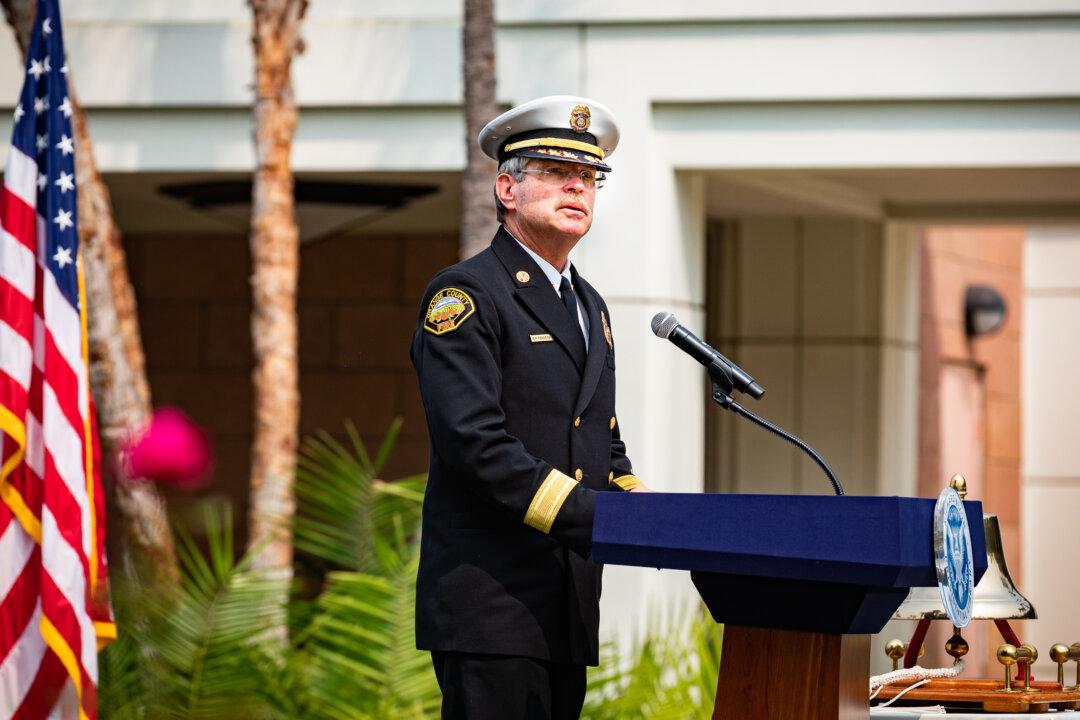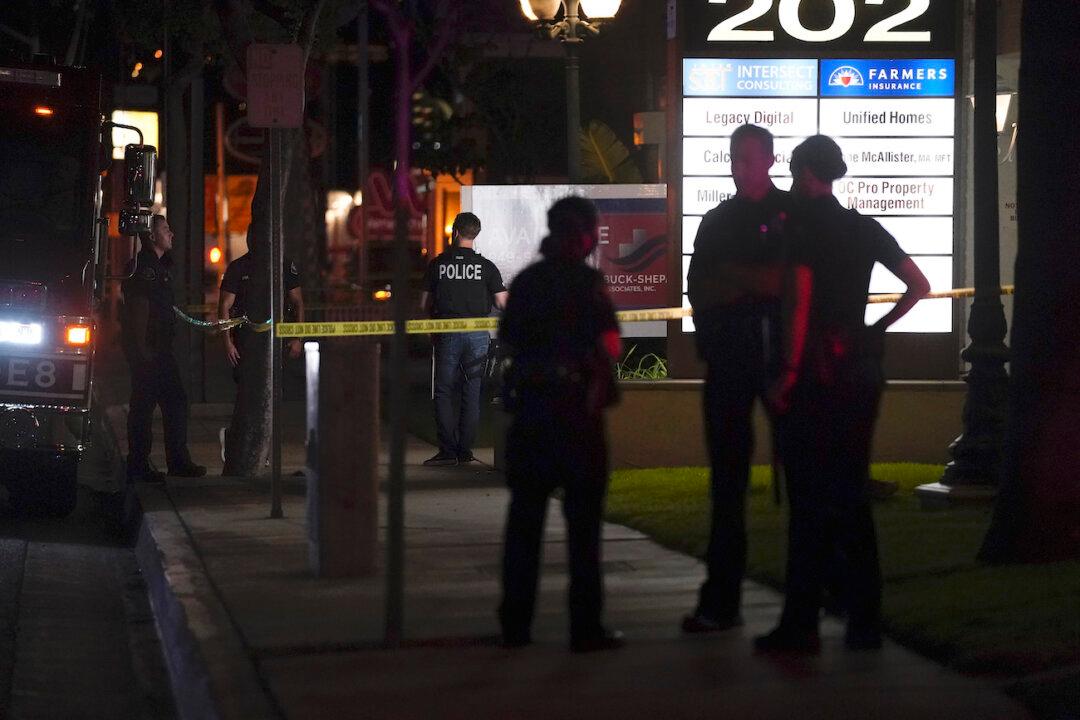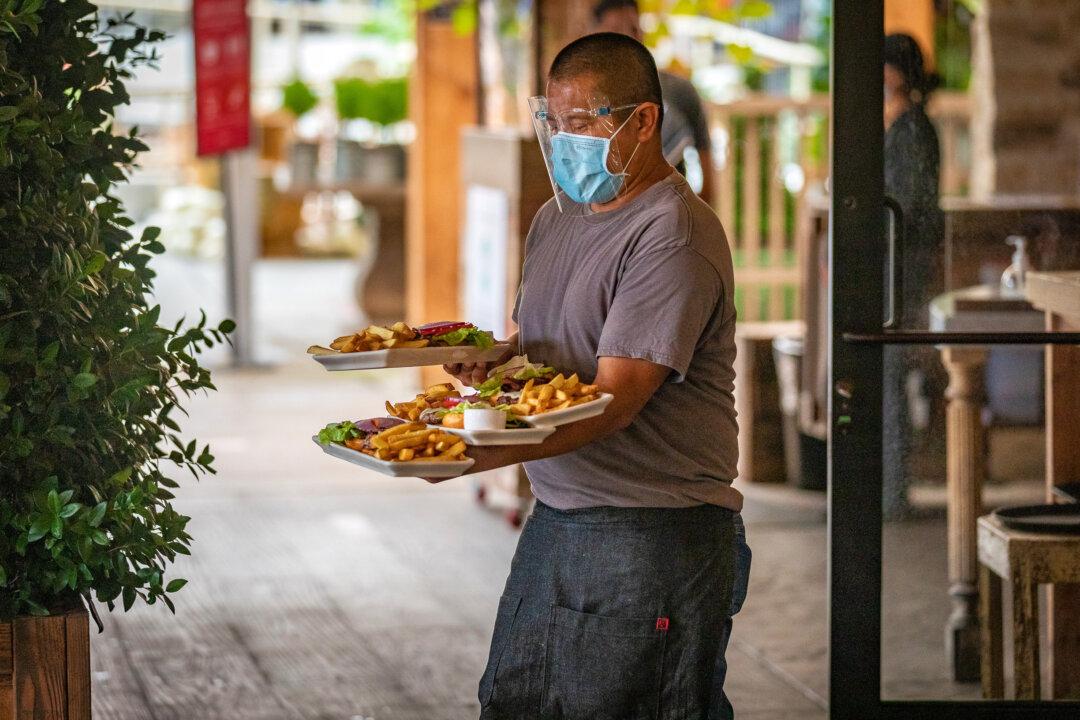IRVINE, Calif.—As the world nears the end of a grim year, indelible memories will remain for Orange County’s top firefighter, who led crews through devastating wildfires while navigating a pandemic.
Two particular dates stand out for Orange County Fire Authority (OCFA) Chief Brian Fennessy: the day the World Health Organization declared the COVID-19 a pandemic, and the afternoon two firefighters were gravely injured on the job.




